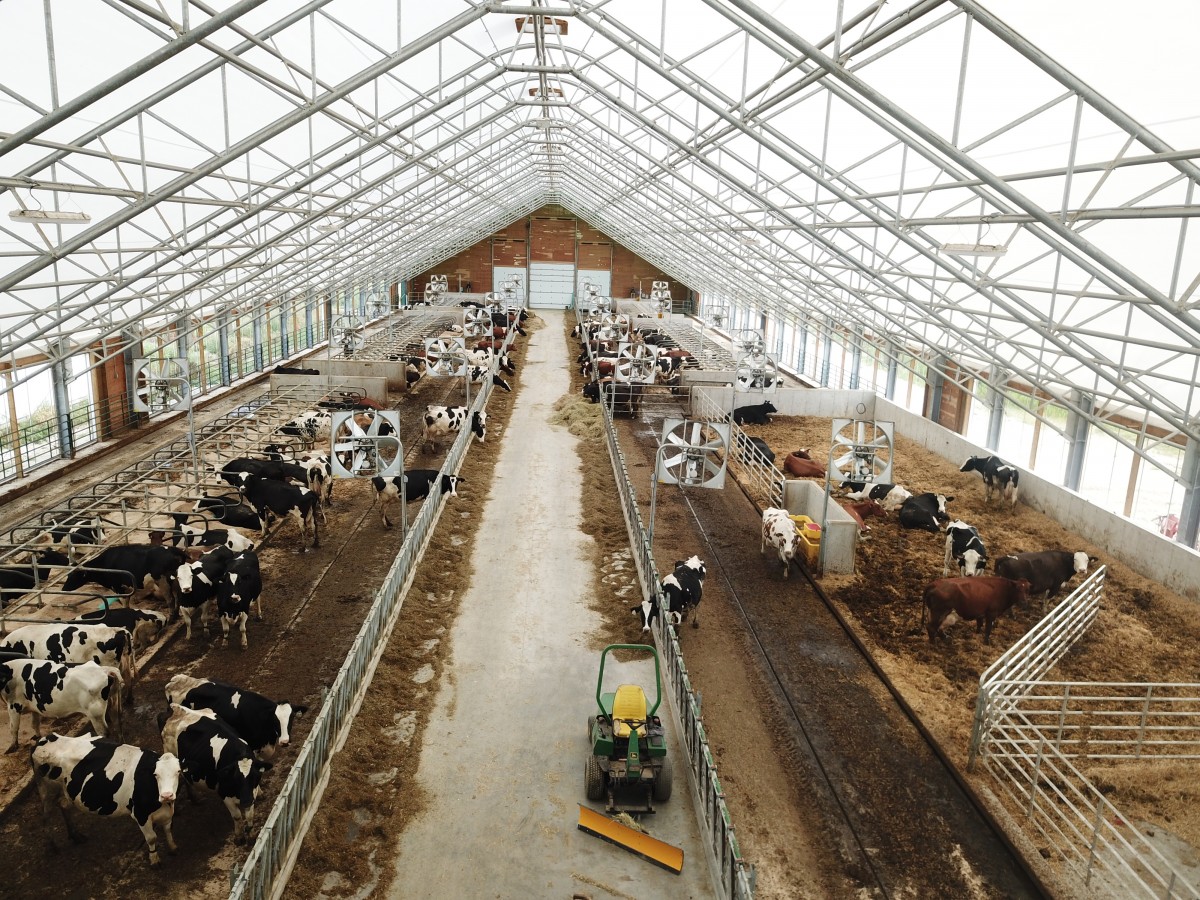By: Robert Lee
Happy cows are productive cows. It is a hybridization of an old saying, yet North American farmers paid little attention to the contentment of their animals until the late 1960s. Then research came along that showed that a comfortable environment actually did make for happy animals and happy cows produced more milk.
Caring for your Cows
Soft bedding (some dairy owners even introduced a type of waterbed for their cattle), a little nightcap (ethanol leftover mash and corn meal increase meat production and increase disease resistance), mellow music (piped-in classical music reduces stress in the barns and even in transport) and lots of warmth and sunlight help milk production in goats and cattle. The farmers that resist introducing changes often do so purely because they think they cannot afford some of the initial investment. It is true that some of the changes do cost money, but a healthier environment pays dividends. This is not just based on anecdotal evidence, but on facts and figures — statistics.
A word of caution is needed, though. Too much sunlight and too much heat actually can be stressful for your animals. The shelter is needed, too.
Proper Lighting for Cows
The Ontario Ministry of Agriculture, Food & Rural Affairs says, “Milking cows exposed to 16 to 18 hours of light with a brightness of 15 to 20 foot-candles followed by 6 to 8 hours of darkness have consistently increased their milk yield by 8%-10%. This lighting pattern is often referred to as a long-day photoperiod (LDPP).” Milk yield responds to an increased photoperiod in about 2-4 weeks.
The response is gradual but consistent and repeatable. Cows exposed to long days while lactating consume more feed than do cows exposed to a natural photoperiod. Cows eat more because they are producing more milk – they do not produce more milk because they are eating more. However, there is no benefit to providing 24 hours of continuous light. Without a period of darkness, cows can’t determine the length of the day, which then causes them to lose their ability to respond to extra lighting.”
In conventional farm buildings, the extra lighting costs extra money; sometimes a lot of extra money if buildings need to be rewired. A cost-effective solution, though, is at hand. Fabric buildings provide natural light, timed with the seasons. In summer, these buildings remain relatively cool. Animals that are free to range in and out of the building into a small feedlot can benefit from the perfect amount of sunlight and shelter, warmth and cool, at no extra operational cost to the farmer.
In winter, lower levels and cost of lighting in fabric buildings make milk production more cost-effective. Fabric buildings cost considerably less than wood or steel buildings and are almost maintenance-free, making them the perfect solution to increase milk production in livestock of all sorts, from goats to cows.
Open Space for the Cows
Conventional buildings tend to be humid, in addition to hot. Humidity and heat breed bacteria and disease, but also place stress on the animal. Fabric buildings are cooler, less humid, and healthier. Fabric buildings provide an overall healthier, more productive environment for milk, and meat production. Similar results have been found with poultry and egg-layers. With their open design, farmers can allocate more space per animal, further reducing stress. The open design allows workers to move around more freely, as well.
Purely for the wellbeing of the animals inside and the convenience of the workers, a fabric building is preferable over wood or steel. But, when you factor in the increased production in the animals that results, a fabric building is the only choice.
When investigating your options for your next building, talk to the experts at Cobra Structures, and make an informed, economic decision that you can reap the benefits from for years to come.




